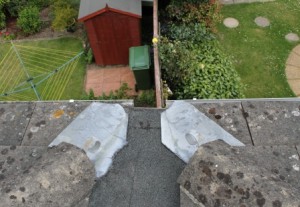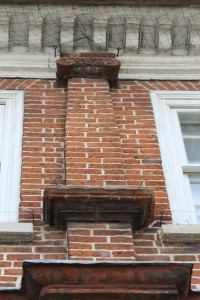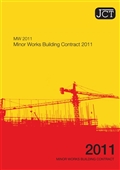Are you Planning Building Work to a Party Wall?
Are you planning building work to a party wall or structure that you share with your neighbour? Is your neighbour undertaking building work that will affect your property?
If you are planning building work or your neighbour is proposing work that affects a party wall or party structure then there is a legal requirement to meet the provisions of the Party Wall etc. Act 1996. If your property is in England or Wales, this legislation must be followed. The law does not apply in Scotland or Northern Ireland.
What Is a Party Wall?
A Party Wall can be defined many ways. Principally it is a wall that sits across the boundary between two or more properties, such as the dividing wall between adjoining houses. It could also be the dividing floor between flats.
The Act also protects structures that stands completely on one owner’s land. Sometimes this can be astride the line of junction and can be used by both owners. i.e. Where one owner has built a wall and the adjoining owner has built up against it enclosing the structure. In that particular example only part of that wall might be considered a ‘party wall’.
Properties that are completely independent of one another can also be subject to the Act. If a building owner is planning to undertake excavations up to 6 metres from an adjoining owners structure there may also be a requirement to adhere to the Act.
A ‘party fence wall’ is a wall that does not form part of a building and stands on land belonging to different owners. This could be a garden wall, but does not include a timber fence.
There are many instances where the Party Wall Act may or may not be relevant. For this reason we always recommend it is assessed by a professional to assist, who both knows the workings of the Act and has technical construction expertise.
Does the Party Wall Act Apply To Me?
Providing the structure or structures in question meets the definitions within the Party Wall Act there is ikely to be a requirement that works need to be agreed with the adjoining owner. Simple works, such as installing shelves, replacing electrical sockets or wiring, does not require an agreement. But you should only do certain building work to a party wall or party structure once the adjoining owner or owners have been formally notified in writing and agreed the works in advance of works proceeding. Examples of notifiable party wall work might include ork includes:
- Cutting into a wall to take the weight of a beam or insert a flashing.
- Inserting a damp proof course.
- Demolition, reconstruction or underpinning a party wall.
If you’re planning to undertake excavations there are some comprehensive requirements defined within the Party Wall Act, that need to be properly understood to determine whether the Act applies.
When Does Party Wall Notice Need To Be Served?
If you are planning to undertake building work to a Party Wall then we suggest you inform your neighbour in good time. This is the most critical step and can often prevent unnecessary and costly dispute later on. The purpose of the Act is to avoid disputes arising by making sure owners are aware and agree the Party Wall works.
Where applicable you must notify your neighbour in writing before building work to a party wall begins. There is a minimum period for this notice to be served before building works affecting the party wall or structure can commence. If there is more than one person with an interest in the property (i.e. Leaseholders and Freeholders. Again these are clearly defined in the Act) you must notify all of them. If there are multiple properties affected they must all be notified.
The Act is specific about the requirements of issuing notice/s. It is very important that valid notice or notices are served. If notices are not valid they will need to be served again correctly and this will reset the minimum period.
What Happens If An Adjoining Owner Does Not Agree to Party Wall Works?
If an adjoining owner does not agree to works then a dispute is deemed to have arisen. Parties in dispute are not able to act as a surveyor for themselves . They need to appoint someone who can act independently. Owners may agree to appoint a single ‘agreed surveyor’, or they can each appoint their own surveyor to act upon their behalves. The expert or experts will agree the parameters of how the works should be carried out and will serve a ‘party wall award’ which will stipulate how works affecting the party structure will be completed.
The award usually contains a schedule of condition of the affected elements of the adjoining owner’s property before work begin. This provides an accurate record of the condition of the building prior to works so damage (if any) can be properly defined after works have been completed.
RMA Surveyors are Chartered Building Surveyors, Members of the Royal Institute of Chartered Surveyors. We are experts in party wall matters. If you need advice in relation to the Party Wall Act contact us for clear and reliable advise.












